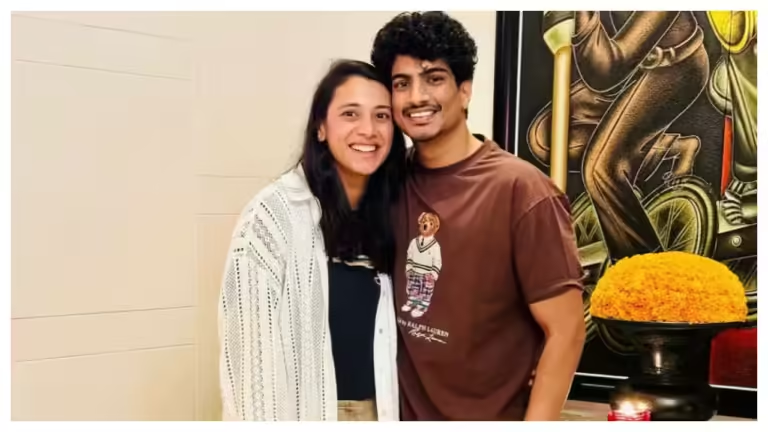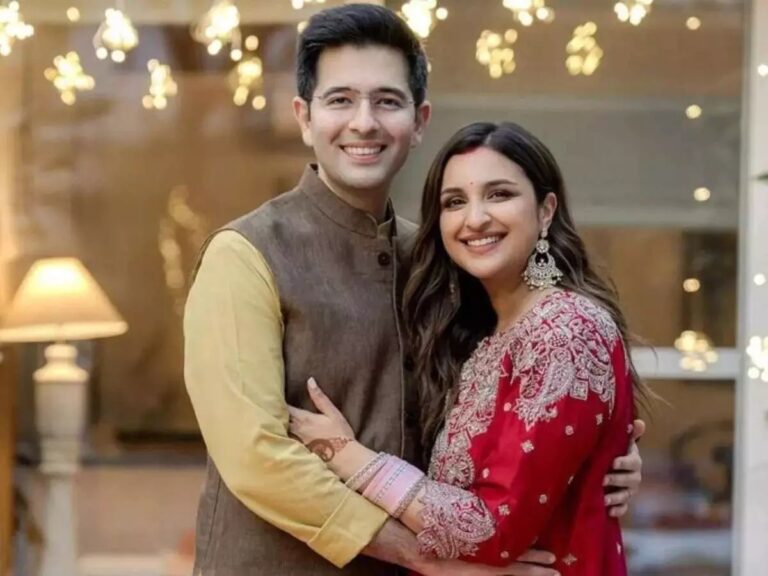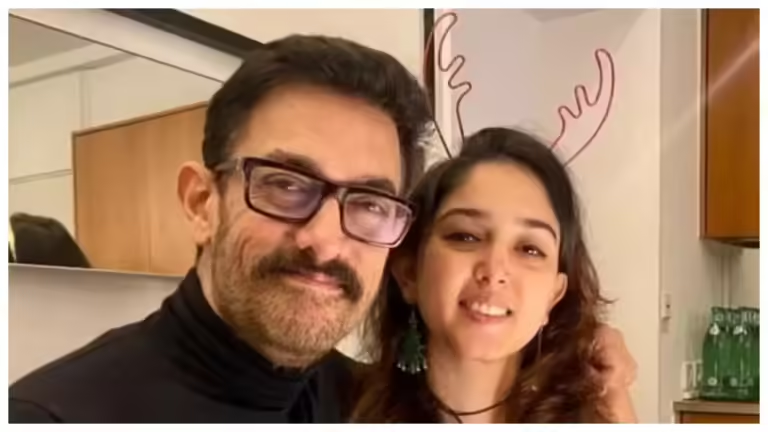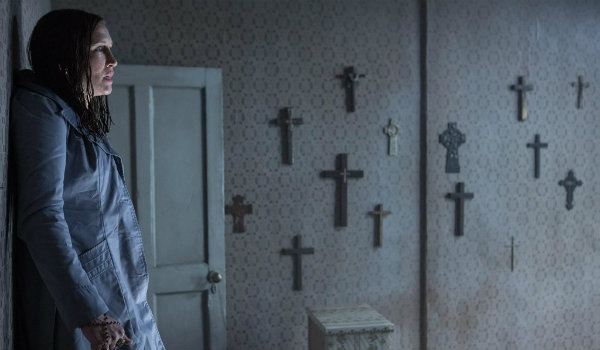
Craving The Very Thing That Scares You?
You know the feeling. The room is dark, the only light flickering from the screen. Your heart is a frantic drum against your ribs, your palms are damp, and every muscle is coiled tight as a spring. You’re watching a horror movie, and a part of you is screaming to turn it off, to flee back to the safety of the mundane. Yet, you don’t. You can’t. You lean in, eyes wide, and surrender to the terror.
This is the central paradox of the horror aficionado: a deep, simultaneous love and hate for the genre. It’s not a confused preference, but a sophisticated psychological dance between our most primal instincts and our highest cognitive functions. You are, in essence, having a profound argument with yourself in the dark.
The Hate: The Body’s Betrayal
Let’s start with the hate. This isn’t a simple dislike; it’s a visceral, biological rejection. When the monster lurches from the shadows or the psychic’s prophecy comes true, your brain doesn’t politely process it as “fiction.” Your amygdala, the ancient alarm bell of your limbic system, hijacks your body. It screams “DANGER” and floods your system with cortisol and adrenaline — the stress hormones designed for life-or-death situations.
This is the Fight-or-Flight Response in all its brutal, unsubtle glory. Your body is preparing you to run from a saber-toothed tiger, but you’re just sitting on a sofa, staring at pixels. You “hate” this feeling because it’s a system overload. It is a lie your body is telling you, a false alarm that feels terrifyingly real. It is the raw, animal part of your brain rebelling against the conscious knowledge that you are safe. It is the part that has you checking the locks twice and sleeping with a light on. It is pure, undiluted hate, born from an evolutionary glitch.
The Love Part I: The Safe Cage and the Mastery of Fear
So why on earth would you willingly submit to this? The first layer of love is what renowned psychologist Dolf Zillmann called Excitation Transfer Theory. In simple terms, the intense negative arousal of fear doesn’t just vanish when the credits roll. It lingers, and when you realize the immediate threat is fake, your pent-up energy transfers into a powerful wave of relief and, paradoxically, euphoria. The terror makes the subsequent safety feel “earned”.
By voluntarily entering this “safe cage” of horror, you actively practice what’s known as Mastery Play. You are practicing being scared in a controlled environment, testing your emotional fortitude, and emerging victorious. Every time you don’t look away, you are telling your amygdala, See? We lived.
In the cathedral of the cinema, you practice your own resurrection. It’s a psychological workout that leaves you feeling stronger, more resilient.
Research backs this up. A 2020 study from Aarhus University in Denmark found that self-identified horror fans reported greater emotional resilience during the COVID-19 pandemic. Their regular exposure to controlled fear seemed to help them regulate anxiety and cope better with real-world uncertainty. As one of the study’s authors put it, “Horror fans have a form of emotional fitness.”
The Love Part II: Dancing with the Shadow
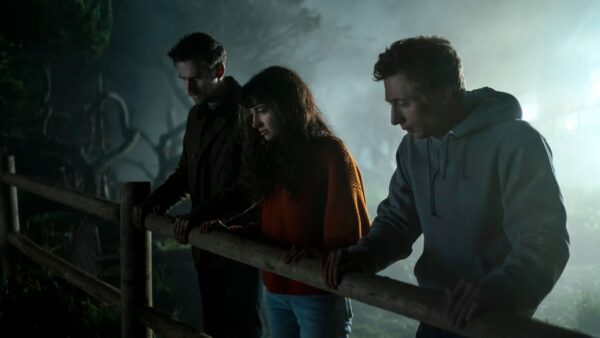
But the deeper love affair with horror is spiritual and psychological. This is where we move from the amygdala to the Jungian psyche. Carl Jung theorized that we all possess a Shadow Self — the repository of all the repressed, primitive, and socially unacceptable parts of our personality: rage, fear, violence, forbidden desire.
In your daily life, you lock the Shadow away. But horror movies throw open the doors and invite it to dance. As Carl Jung himself wrote, “One does not become enlightened by imagining figures of light, but by making the darkness conscious.” Horror films are your modern, collective ritual for doing just that. You don’t watch horror to escape reality. You watch it to confront the part of ourselves you keep hidden.
The serial killer, the vampire, the demonic force; they are not just external monsters. They are archetypal representations of your own inner Shadow. When you watch Michael Myers’ silent, relentless stalking, you are touching a part of ourselves that understands pure, unadulterated obsession. When you witness cosmic horror, like in Lovecraftian tales, it confronts the part of you that fears your own insignificance in a vast, indifferent universe.
Horror provides a sacred, symbolic space to engage with this darkness. It allows you to ask, “What if?” without any real-world consequences. Horror acts as a cathartic release valve for the pressures of being civilized, polite, and sane. You don’t love horror “in spite of” the darkness; you love it “because of” the darkness.
The Architecture of Love and Hate: How Filmmakers Build the Cage
This cage you are stuck in is not accidental; it is architectured through masterful filmmaking. Consider two modern pillars of the genre: Ari Aster’s Hereditary and Robert Eggers’ The Witch.
Aster constructs his terror with oppressive, symmetrical cinematography. The camera often sits static, framing characters like trapped insects in a diorama, forcing you to witness their unraveling with a cold, clinical detachment that is somehow more agonizing than any jump scare. There is no escape in the frame, and so there is no escape for you. Then, the sound design takes over, weaponizing silence until it’s shattered by a single, gut-wrenching sound — the click of a tongue in the dark. This isn’t just a noise; it’s a neural trigger, a direct injection of dread that bypasses our conscious thought and speaks straight to the amygdala.
Conversely, Robert Eggers’ The Witch rejects clinical boxes for the smothering, organic dread of the wilderness. He doesn’t frame his characters; he buries them. The cinematography is all natural, candle-lit darkness so profound it feels like soil pressing down on a coffin. You don’t watch the forest; the forest watches you.
This is the director’s dark alchemy: they forge your love for the characters, the story, the artistry, into the very lock that holds you in place. Your hate for the terror is the proof of its power. And in the tension between the two, in the cage they build so masterfully, they hold you completely, utterly captive.
The Paradox: Why You’ll Return (Again)
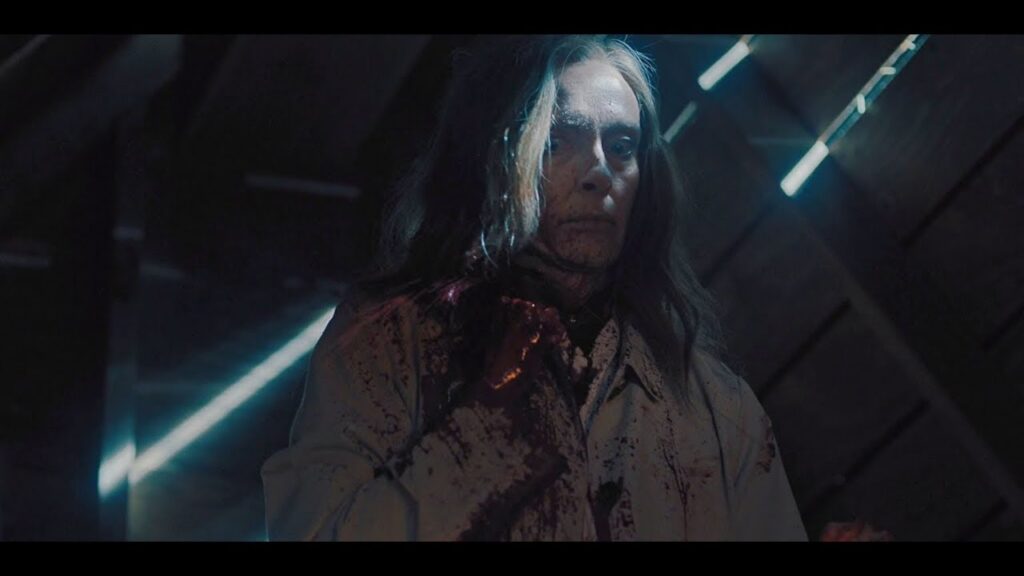
The credits roll. The cage door swings open, and you are released, blinking, back into the safety of the light. Yet a part of you remains in the dark. You will return. You know this, even as your pulse steadies. Because this is the beautiful agony, the exquisite tension that keeps you coming back. The “hate” is the raw, biological truth of your vulnerability. The “love” is the complex, psychological triumph of your mind over that biology.
You are both the civilian, terrified in the face of the unknown, and the final girl, resourceful and resilient. You are the rational scientist scoffing at the supernatural, and the believer who feels the ancient dread in their bones.
So the next time you find yourself peeking through your fingers, heart pounding with a mixture of dread and delight, understand the profound drama unfolding within you. You are not just watching a movie. You are conducting a high-stakes negotiation between your primal past and your conscious present, between the monster you fear and the monster you understand. Horror is the proof that you can hold a secret hell in your hands and still be the one who walks away. And that is a story far too compelling to turn off.
Fascinated by the human mind? Stay tuned with The World Times for more stories that make you think, feel, and wonder.

